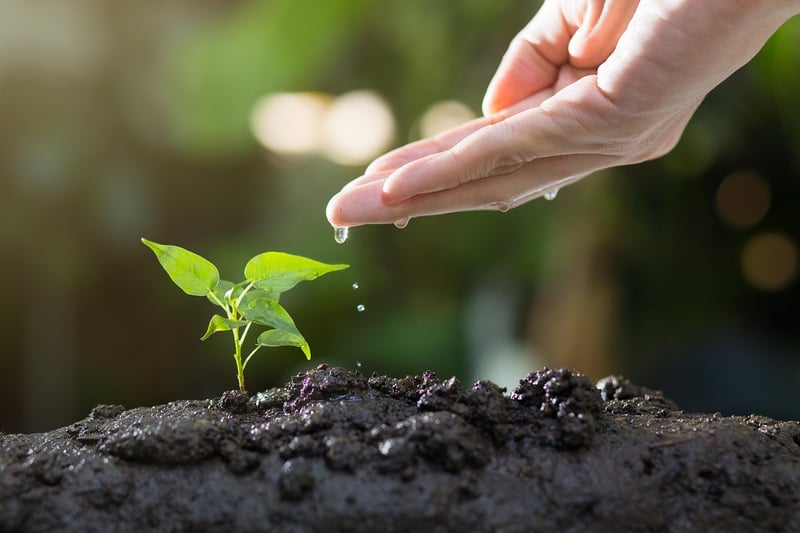Pruning Techniques
Essential Plant Care Methods and Pruning Techniques
Introduction
Welcome to our guide on essential plant care methods and pruning techniques. Whether you're a seasoned gardener or just starting, understanding how to care for your plants and when to prune them is crucial for their health and growth.
Essential Plant Care Methods
Proper plant care involves a combination of watering, fertilizing, and providing adequate sunlight. Here are some essential tips:
1. Watering
Ensure your plants receive the right amount of water. Overwatering can lead to root rot, while underwatering can cause wilting. Check the specific water requirements for each plant.
2. Fertilizing
Use a balanced fertilizer to provide essential nutrients to your plants. Follow the instructions on the fertilizer package and avoid over-fertilizing, which can harm the plant.
3. Sunlight
Most plants require adequate sunlight to photosynthesize and grow. Be mindful of the light requirements of each plant and place them in suitable locations.
Pruning Techniques
Pruning is essential for maintaining the health and appearance of your plants. Here are some pruning techniques to keep in mind:
1. Deadheading
Remove dead or faded flowers to encourage new growth and prolong blooming periods. Use clean, sharp pruners to make precise cuts.
2. Thinning
Thin out crowded branches to improve air circulation and reduce the risk of disease. Cut back to the main stem or a lateral branch.
3. Shaping
Prune your plants to maintain a desired shape or size. Regular shaping can prevent plants from becoming leggy or overgrown.
Conclusion
By following these essential plant care methods and pruning techniques, you can ensure your plants thrive and enhance the beauty of your garden. Remember to research the specific needs of each plant species for optimal care.

For more detailed instructions on caring for specific plants or expert advice, consult with your local gardening center or botanist. Happy gardening!
